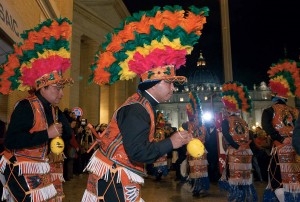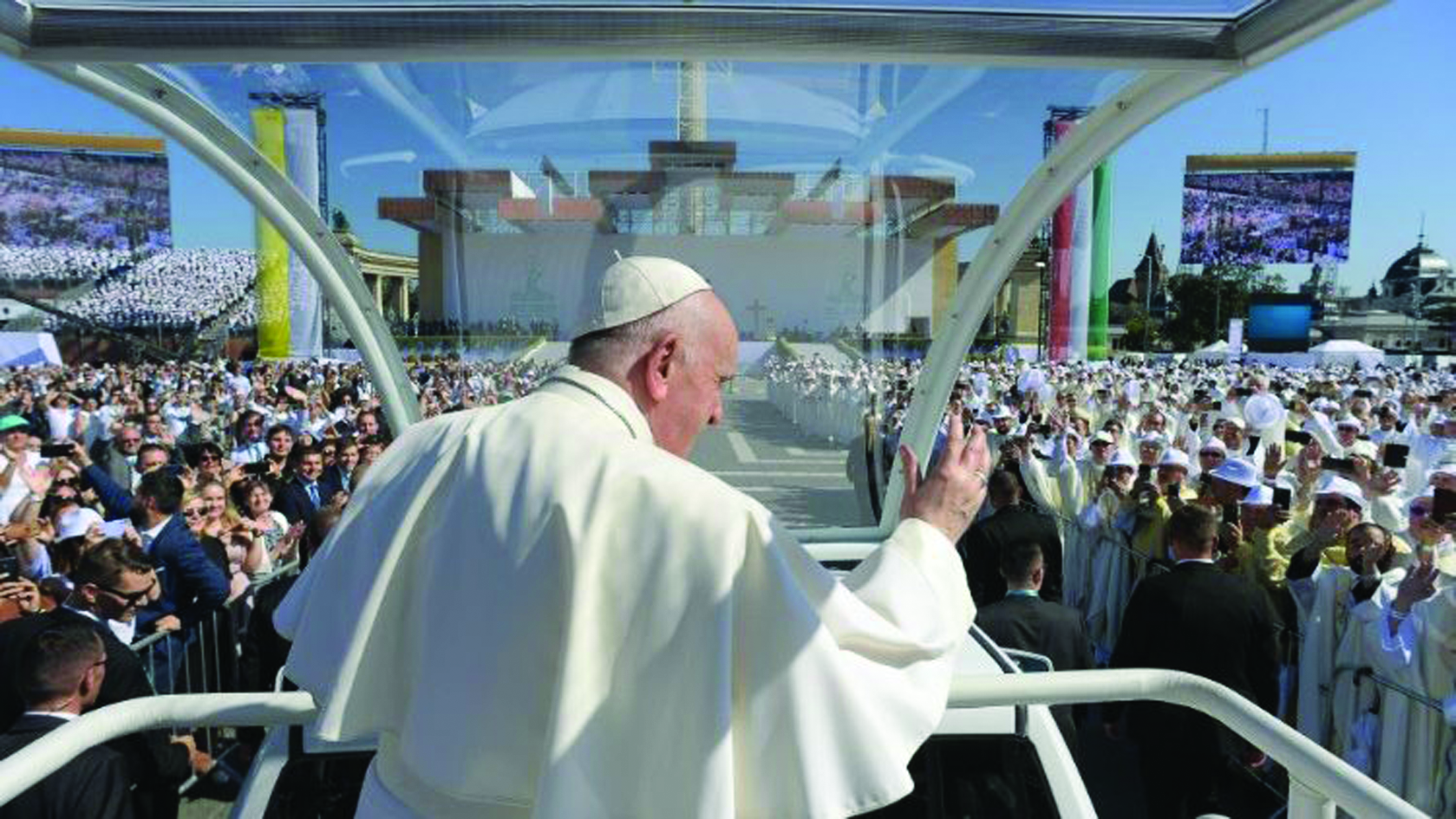The Holy Father will travel to Mexico and Cuba on his second visit to Latin America, March 23 – 28
The Pope’s upcoming March trip to Cuba and Mexico is strongly desired by, and, according to some, also a little “forced” by, the bishops of Mexico. Dates and program were defined by the organizer of papal trips, Alberto Gasbarri, at the end of December.
Benedict confirmed his travel plans on December 12 during a Mass in St. Peter’s Basilica honoring Mexico’s patron saint, the Virgin of Guadalupe, and celebrating the 400 years of Latin America’s independence.
A few weeks ago, Cuba’s leader Fidel Castro released 2,900 prisoners, but said there was no connection with the forthcoming visit of the Pope. However that may be, the world’s attention is now back on the Caribbean island, which the United States has seen as a “thorn in the side” for decades.
In Mexico the situation is more peaceful, even if the upcoming elections make it inevitable that the Pope’s visit will be exploited. But the Popes are always prepared for this.

Cubans pray in front of the statue of Our Lady of Charity of El Cobre, the patroness of Cuba, at the sanctuary named for her in El Cobre, Cuba.
According to the program, the Pope will arrive at the airport of Leon in Guanajuato State in Northern Mexico on March 23. President Felipe Calderon will be there to receive him.
The day after, Saturday, March 24, after the official visit to the president, Benedict XVI will meet with children in the “Plaza de la Paz” in the city of Guanajuato — an event that is repeated after the happy experience of Benin.
On Sunday, March 25, the Pope will celebrate Mass in the Bicentennial Park of León. In the afternoon he will visit the town’s cathedral and celebrate Vespers with the Mexican bishops and a delegation of bishops from Latin America and the Caribbean.
On Monday, March 26, he will leave for Cuba, where, in Santiago de Cuba, the Pope will be received by Raul Castro.
He will then celebrate Mass in the Plaza of the Revolution “Antonio Maceo.”
On March 27, the Pope will visit the shrine of “Our Lady of Charity” of El Cobre. He will then go to Havana to be received by Bishop Jaime Ortega Alamino.
The official meeting with Cuban President Raul Castro should be followed by a meeting with the family and then, possibly, with Fidel Castro.
On March 28, the last day of the trip, the Pope will preside at the Mass in the Square of the Revolution “José Martí” in Havana, the same place where John Paul II celebrated Mass in 1998.
On that occasion, John Paul II spoke in his homily of “the wind of the Spirit that blows where it wills” and therefore also in Cuba, even in a Communist regime.
Shortly after, Cuba’s Christians were allowed to celebrate Christmas.
Today the Spirit brings the “Benedictine” Pope to the same square with a message not only for politicians, to defend freedom, but also for Christians, that they may learn to use it.
Meanwhile, on January 7 in Cuba, a special “Marian Year of Jubilee” was opened, 400 years after the discovery on a beach in the eastern part of the island, of the image, a small statue, of Our Lady of Charity of El Cobre, who later became Patron and Mother of Cuba and a central figure in the struggles for national independence, where she was invoked as “La Virgen de Mambisa.”
In the temple dedicated to Our Lady of Charity of El Cobre, all Cuban bishops concelebrated Mass to ask the intercession and protection of the Mother of God for a very special year.
During the Mass, a message of Benedict XVI was read, which invites Catholics and all Cubans to “deal with the vicissitudes of daily life with strength and love.”

Priests from Mexico in traditional outfits dance after Benedict XVI’s celebration of Mass marking the feast of Our Lady of Guadalupe on December 12 in St. Peter’s, in which the Pope confirmed he will travel to Mexico and Cuba this spring.
The opening of this year marks the beginning of an extraordinary time for the Cuban people. The Cubans, in fact, will see the application of several important socio-economic reforms.
So the visit of Benedict XVI is only the beginning of a very special journey of faith continuing until January 5, 2013.
The Province of Santiago de Cuba will be a focus of the visit of the Pope. In this historic city, the first official meeting of the Pope and the president of the Council of State, Raul Castro, will take place in the international airport “Antonio Maceo y Grajales.”
Maceo, born in 1845 in this city, died at 51 in 1896, and was called the “Bronze Titan.” He was the second military leader of the Cuban army that won national independence for the country in 1902.






Facebook Comments